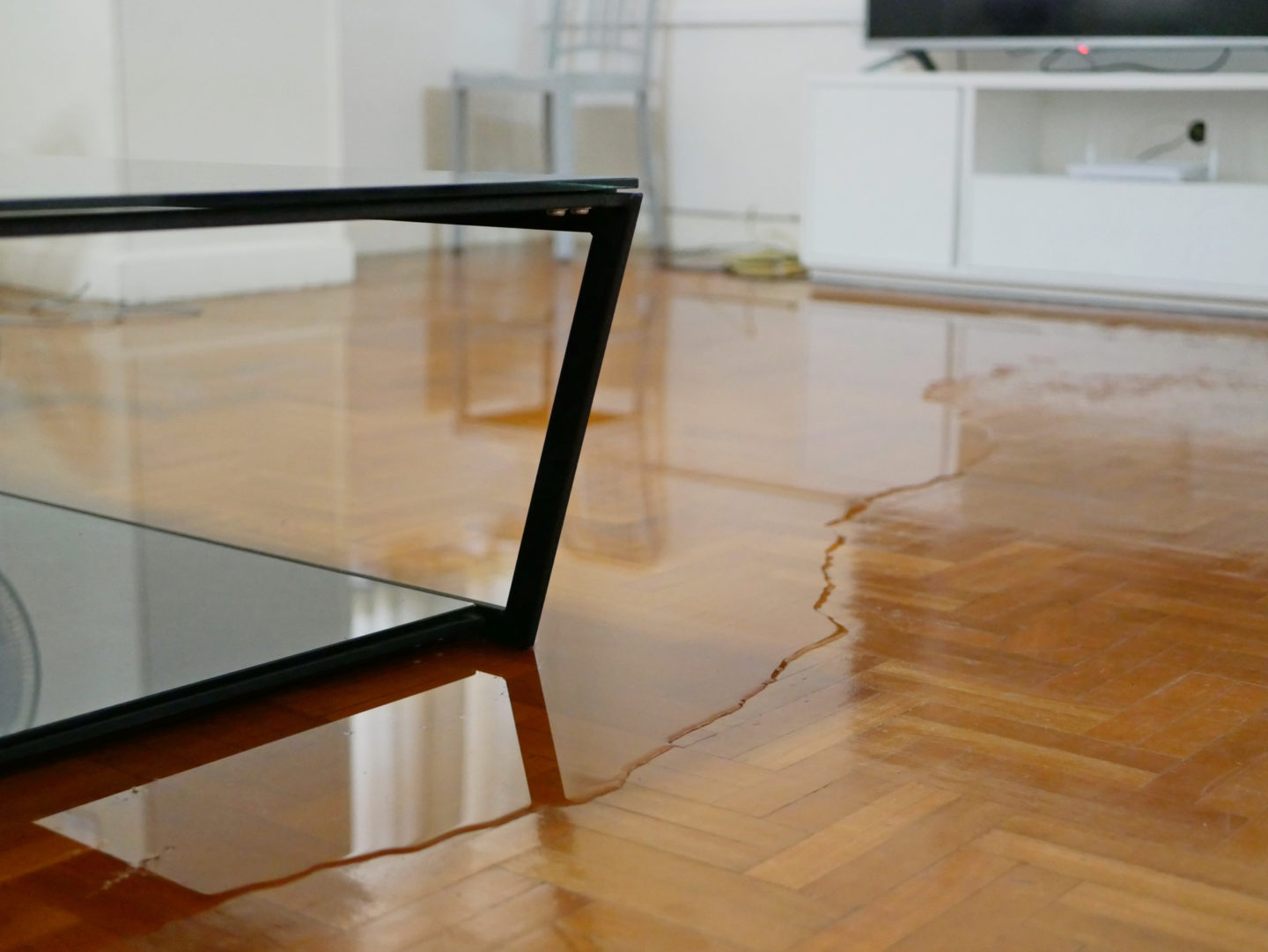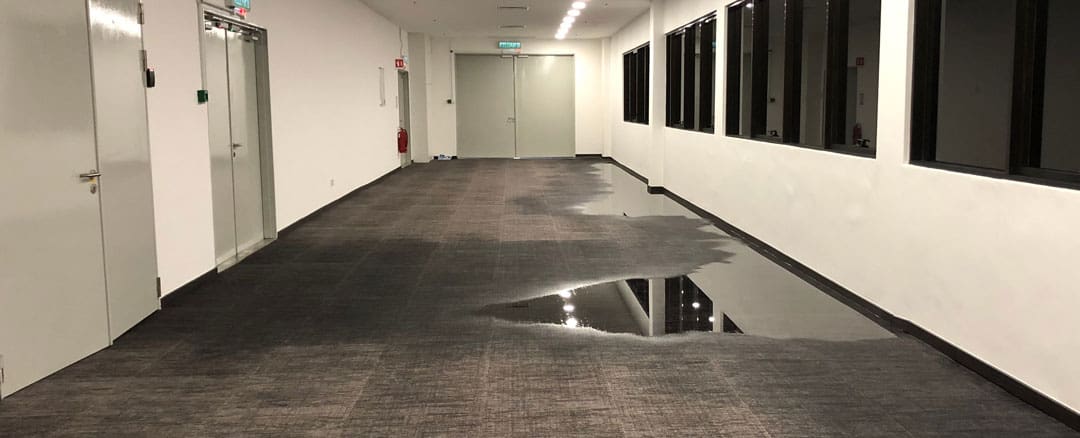Do's and Don'ts Throughout Water Damages Emergencies.
Do's and Don'ts Throughout Water Damages Emergencies.
Blog Article
Almost everyone seems to have their private beliefs on the subject of Fire And Water Damage Prevention.

Though water provides life, water invasion on components where it's not expected to be can cause damages. If the water saturates right into your framework, it can peel away surfaces and wear down the structure. Mold as well as mildew likewise prosper in a moist environment, which can be dangerous for your health and wellness. Houses with water damage odor mildewy as well as old.
Water can come from lots of sources such as typhoons, floods, ruptured pipelines, leakages, and also sewer problems. In case you experience water damages, it would certainly be great to know some safety and security precautions. Here are a few standards on exactly how to manage water damages.
Do Prioritize Home Insurance Coverage Protection
Water damage from flood dues to hefty winds is seasonal. You can also experience an unexpected flood when a malfunctioning pipeline unexpectedly ruptures into your house. It would be best to have home insurance policy that covers both disasters such as all-natural catastrophes, and emergencies like damaged plumbing.
Don't Forget to Shut Off Energies
In case of a calamity, specifically if you live in a flood-prone area, it would certainly be suggested to switch off the major electric circuit. This removes power to your whole residence, protecting against electrical shocks when water is available in as it is a conductor. Furthermore, do not forget to shut off the main water line shutoff. When floodwaters are high, furniture will certainly move around as well as cause damage. Having the primary shutoff shut off stops further damage.
Do Remain Proactive and also Heed Weather Notifies
Tornado floodings can be very unforeseeable. Stay positive and also ready if there is a background of flooding in your area. Pay attention to discharge warnings if you live near a lake, river, or creek . Take out valuables from the ground floor and basement, then put them on the highest feasible degree. Doing so minimizes possible residential or commercial property damage.
Don't Neglect the Roof
You can stay clear of rainfall damage if there are no openings and leakages in your roof. This will certainly prevent water from moving down your walls as well as soaking your ceiling.
Do Take Notice Of Small Leakages
A burst pipe doesn't occur over night. You might see bubbling paint, peeling wallpaper, water streaks, water spots, or trickling audios behind the wall surfaces. Have your plumbing repaired before it results in enormous damages.
Do Not Panic in Case of a Burst Pipeline
Maintaining your clearheadedness is essential in a time of crisis. Due to the fact that it will certainly suppress you from acting quick, stressing will just intensify the trouble. When it involves water damages, timing is key. The longer you wait, the more damages you can anticipate. Hence, if a pipeline bursts in your residence, promptly shut down your major water shutoff to remove the source. Disconnect all electrical outlets in the area or transform off the circuit breaker for that part of the house. Call a reputable water damages reconstruction expert for support.
Water provides life, water intrusion on parts where it's not supposed to be can result in damages. Houses with water damage scent old as well as musty.
Water damage from flooding dues to hefty winds is seasonal. You may notice gurgling paint, peeling off wallpaper, water streaks, water discolorations, or leaking sounds behind the wall surfaces. When it comes to water damage, timing is crucial.
6 Water Damage Restoration Do’s and Don’ts
Secure the area
First, ensure that it’s safe to be where the water is. Depending on the extent of the damage, you could be faced with a situation that’s dangerous to be in. Turn off the water supply and power supply, and disconnect appliances or mechanical tools that could conduct electricity or cause additional water to fill the area. Cover any holes in the roof or walls with a tarp so that the elements are kept out. Look for rodents and other pests that may have decided to come in or have been brought with the water. Secure heavy furniture or equipment that could collapse, or – better yet – take it out of the building completely. Immediately decide if it’s a place you can continue to be in until help arrives, being mindful of staff or customers that could get into harm’s way while you wait.
Call your insurance
The next thing you should do is reach out to your insurance company. Even if your damage was caused by flooding, and you don’t have a flood policy, it’s worth investigating. Depending on the cause of the water, there may be a way for a policy to cover it, especially if it’s the fault of someone else who has insurance coverage.
Remove valuables
Some things may have already been damaged beyond repair, but if you can move expensive items from the building, do so. Special equipment, computers and, and financial documents should be relocated off-site, if possible. Even if they can be put up above the waterline, natural disasters and building damage can attract criminals. You don’t want people taking advantage of the weakened structure of your office to steal from you.
Put up the things you can
Equipment and furniture that hasn’t already been damaged should be moved to the highest level in your building or set on top of other furniture. Remember that the entire room will be humid and damp, even if items are above the waterline. Just being in a flooded building can cause them to grow mold or become musty, so do this only if you can’t take them out of the structure completely.
Don’t remediate on your own
The biggest thing to remember when dealing with water damage, whether it came from a storm or an exploded toilet, is that you can’t handle much of the process by yourself. Even if you weren’t so already overwhelmed with losing your home or office to water, you don’t likely have the tools and industry-accepted resources to put the area back to a healthy, stable condition. In addition to water pumps, fans, and dehumidifiers, there may be materials that need to be demoed and reinstalled. The entire process of water damage remediation is a long one, and every step must be handled with care to ensure it doesn’t come back as a new problem. Home and office owners frequently try to handle water problems on their own, but the truth is that it can be difficult to know the extent of the damage just by looking at it.
Also, if it’s your personal business, you’re likely to be emotional and feel sentimental about the items damaged. You may not be able to reasonably assess if things need to be replaced. Everything from the carpet to the paint has a history; having a third-party expert team come in and give it to you straight is the best possible outcome. They can let you know just what can remain, and what has to go. In the end, removing everything that is beyond repair is best to avoid further health issues from mold or a collapsing structure.
Delay getting help
As you’ve read above, the consequences of trying to handle too much of the restoration process can have expensive outcomes. Doing things wrong is costly! Another way to add to the total bill for fixing the water problem is in waiting too long. If you try a “wait and see” approach, your building may be silently crumbling underneath the moisture, or mold may be starting to take hold. If you’re convinced it’s a job for the professionals, don’t wait a minute. As soon as you see that it’s going to be a problem, make the call.
https://idealsf.com/blog/water-damage/6-water-damage-restoration-dos-and-donts/

I ran across that article on What You Can Do At Home To Prevent Fire And Water Damage when browsing on the search engines. Do you know somebody else who is in to the niche? Be sure promote it. Many thanks for taking the time to read it.
Report this page